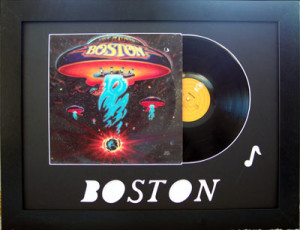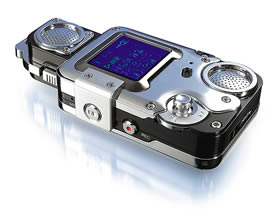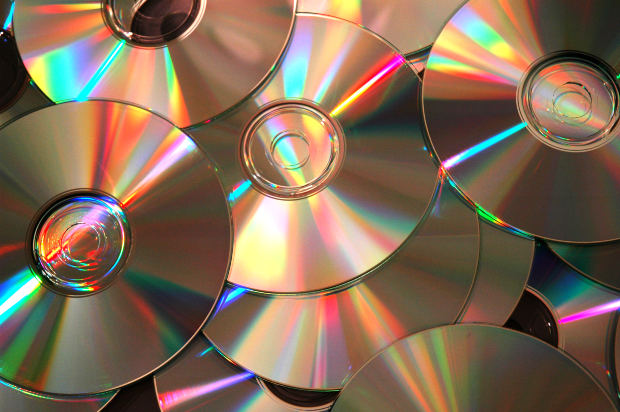Streaming music can save time, effort, and space. But there are valid reasons to hold onto your CD collection. Keeping a copy of your favorites on physical media affords distinct advantages over streaming alone.
1. Variety
Streaming can open you up to thousands (if not millions) of songs, many of which you’ve never heard before. Yet you will still be subject to certain limitations with streaming services.
Ultimately, the goal of these services is to maximize profit by offering the most widely-appealing collection of music to subscribers. The legal and financial challenges of licensing an extensive music library also make it impractical to stock less-popular music.
Music connoisseurs may not find the tracks they truly crave with this “tunes du jour” sensibility. Seekers of exotic, unusual, and underappreciated music will often be sorely disappointed.
2. Availability

Even listeners looking for popular and well-known artists such as the Beatles, Led Zeppelin, Neil Young, or Bob Seger might be hard-pressed to find their favorites on a widely-available streaming service. Many high-profile artists have chosen not to distribute their work through streaming.
If you do find your favorite artists on Spotify, Pandora, or other streaming services, you have no guarantee how long you will continue to find them there.
Again, since these services are trying to cater to the masses, they cannot afford to indefinitely lease music rights for low-demand items. Or they might be mandated by a limited-term licensing agreement to pull the plug on the artist you love.
If you’ve ever binge-watched your TV faves on Netflix or Hulu one day, only to have them disappear the next, you understand this issue: You have no control over what’s available—and for how long—on music streaming services.
If you’ve ever had an earworm, you know how crucial it is to listen to the song you can’t get out of your head.
With the hit-or-miss of streaming services, however, you may be stuck singing “Ramble On” or “Mainstreet” in an endless loop. (Or, worse yet, “Wolverton Mountain”, or “Waltzing with Bears”.)
If you like a particular recording of a song, owning a copy allows you to keep your very favorite. You don’t have to settle for a version you don’t like as well.
I recently read an article that suggested getting around streaming holdouts by finding songs on soundtracks, or in concert performances by an artist’s later bands. For example, you might hear Beatles’ songs performed by Sir Paul, recorded live with Wings (instead of with his Beatles bandmates).
I applaud the creativity of this workaround. But I confess that I’m far too persnickety about my music to do without my preferred renditions of beloved songs, by the artists I best enjoy.
3. Roughing It Offline
In our age of constant connectivity, it’s hard to imagine not being able to use your smartphone, tablet, or even old-school desktop to go online at any given moment. No one really goes online anymore; we’re just perpetually there.
Yet there are still places where WiFi, 3G, or 4G are just random characters, not ways to connect to the Internet.
At a 1960s-themed pool party I attended a few months ago, the hosts were trying to wirelessly stream music from the Summer of Love over a smartphone.
After repeated dropped connections and interrupted tunes, I hooked my trusty music player up to their speakers. Music uploaded from my CD collection—high-quality, commercial-free songs from the likes of Jimi Hendrix, Tommy James and the Shondells, the Box Tops, Canned Heat, and Joan Baez—soon filled the air.
4. Album Art and Liner Notes

For those born after streaming became the norm, here is the shocking truth: Album art used to be cherished. Framed. Hung on walls. Treated as actual artwork.
Some people still cherish album art. But most of us just get to see it the size of a postage stamp on our music player screens.
We don’t necessarily see it as a definitive part of the artist’s vision for an album. Even in our intensely and increasingly visual age, appreciation of album art has greatly diminished.

Inside of a strikingly-decorated album cover, liner notes used to be a hidden treasure for the music lover.
What might now be found on a band’s website used to be a discrete part of the album experience. The lyrics, the credits, the artist’s thoughts and feelings…all of that used to be delivered in one unified package, wrapped up in the album art.
Now when you want to find lyrics, you search online and hope for the best. If the artists don’t have the lyrics on their official site, you might be getting the “eggcorn” version.

5. Backup and Disaster Recovery

You might think there’s no reason to hold onto your CDs once they’re uploaded to your iPod, Zune, or Prism DuroSport.
But if your music files ever corrupt, and your music player self-destructs, you can always go back to the source and restore your music.
If you don’t still have your CDs —and you don’t feel like tracking them down and buying new copies—you’ll be at the mercy of streaming services to reconnect with the music you love. Which means you might only get to hear it again in your memories.
Personally, I wouldn’t want to take the dire risk of separation from my musical favorites. How do you feel about it? Lend your voice to the discussion in the Comments!
